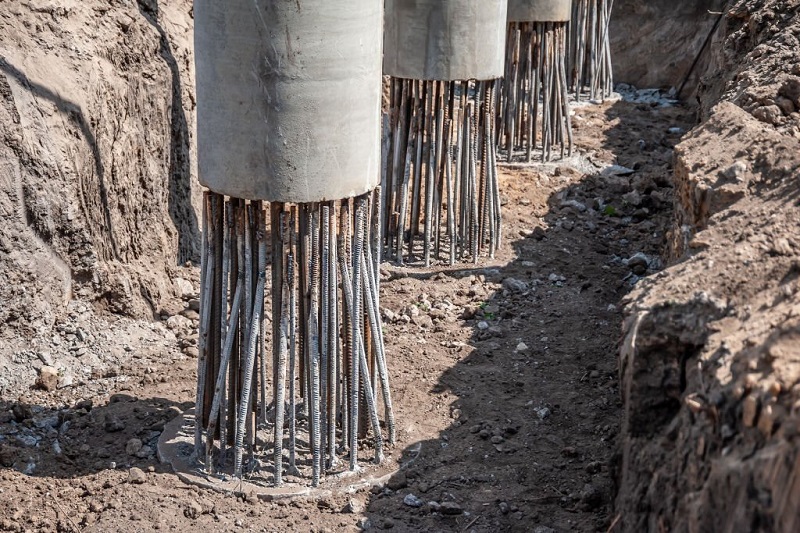Evaporative Cooling: A Comprehensive Insight into an Energy-Efficient Cooling Technology
Are you looking for an energy-efficient cooling method for your home or business? Have you ever heard about evaporative cooling and wondered how it works? In an era where energy efficiency and sustainability are more important than ever, evaporative cooling offers an eco-friendly alternative to traditional cooling methods. This article will delve into the ins and outs of evaporative cooling, its benefits, and how it compares to other cooling technologies.
Understanding Evaporative Cooling
Evaporative cooling is not a new concept. It's a natural phenomenon that has been used for centuries, long before the advent of modern air conditioning systems. It's the same cooling effect you feel when a breeze flows across a lake or when you step out of a swimming pool on a hot day. In simple terms, evaporative cooling is a process where water is evaporated to lower the temperature of the surrounding air.
How Does Evaporative Cooling Work?
The science behind evaporative cooling is quite simple. An evaporative cooler, often referred to as a swamp cooler, draws in hot, dry air from the outside. This air is then passed over water-saturated pads, causing the water to evaporate and cool the air. This cooled air is then circulated throughout the space.
 |
| Evaporative Cooling |
Types of Evaporative Coolers
There are various types of evaporative coolers available in the market, including portable evaporative coolers and industrial evaporative coolers. Portable coolers are compact and movable, making them ideal for home use. On the other hand, industrial coolers are designed to cool larger spaces such as factories and warehouses.
Benefits of Evaporative Cooling
Evaporative cooling offers several benefits over traditional air conditioning. For starters, it's more energy-efficient, using up to 75% less electricity. It also improves indoor air quality by continually circulating fresh air instead of recycling the same air. Additionally, it adds moisture to the air, which can be beneficial in dry climates.
Evaporative Cooling vs. Traditional Air Conditioning
While both systems serve the same purpose—cooling the air—how they achieve this is vastly different. Traditional air conditioning systems use refrigerants to cool the air, which can be harmful to the environment. Evaporative cooling, however, uses a natural process that is eco-friendly.
Key Factors to Consider When Choosing an Evaporative Cooler
When considering evaporative cooling, it's important to note that it works best in hot, dry climates. It's also crucial to consider the size of the space you want to cool, as this will determine the type of evaporative cooler you need. Lastly, consider the cost of installation and maintenance.
Conclusion
Evaporative cooling is an excellent alternative to traditional air conditioning, particularly in areas with dry climates. Not only is it more energy-efficient, but it also promotes better air quality and is more environmentally friendly. If you're seeking a cost-effective, sustainable cooling solution, evaporative cooling could be the right choice for you.
In conclusion, while evaporative cooling may not be the best solution for every situation, its benefits make it worth considering. As we continue to seek ways to reduce our carbon footprint and promote sustainable living, innovations like evaporative cooling are leading the way.









